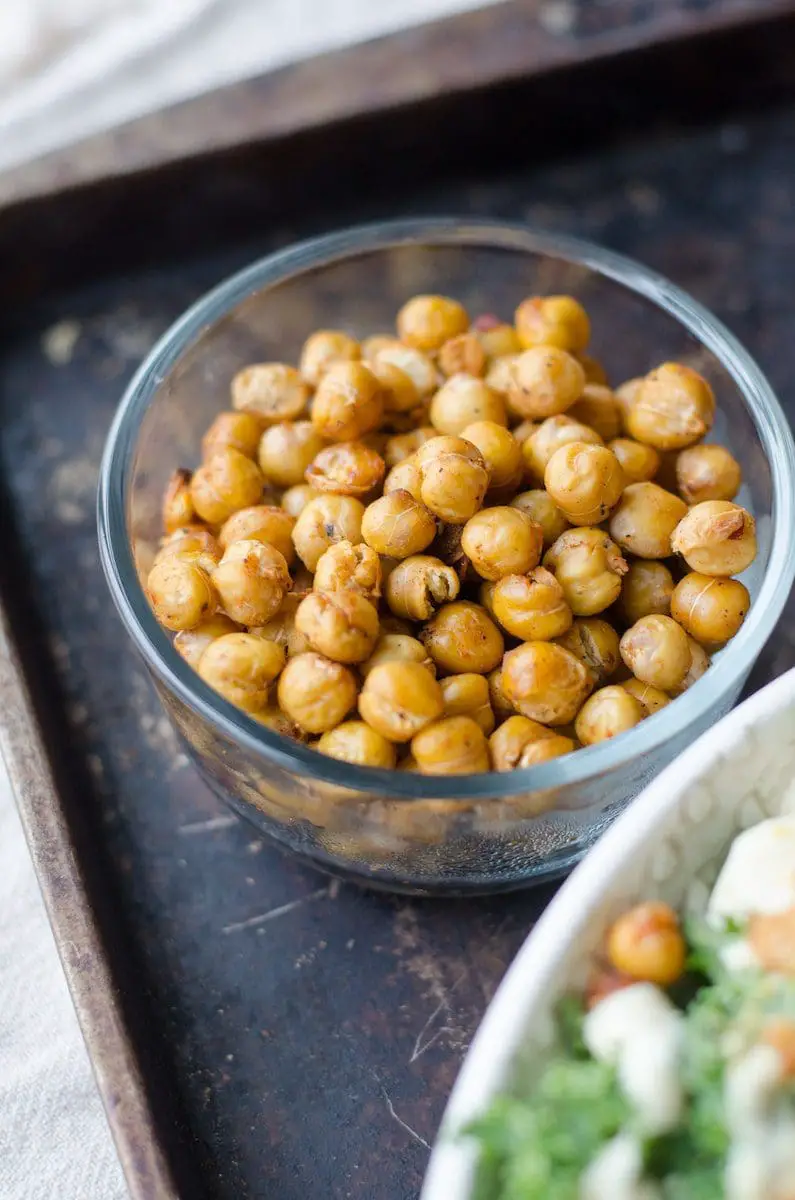Garbanzo beans and Chickpeas are basically the two names of the same plants, or more precisely, the same legume. Even though the two terms appear to be unrelated, they refer to the same bean.
Key Takeaways
- Garbanzo beans and chickpeas are the same things.
- They are a good source of protein, fiber, and various vitamins and minerals.
- They are used in many dishes worldwide, including hummus, falafel, and curries.
Garbanzo Beans vs Chickpeas
Garbanzo beans are legumes of Spanish origin that are used to make tapas like a garbanzo bean stew. They are divided into Kabuli and Desi. Chickpeas are legumes that grow annually with a Latin name, known for being rich in minerals and eating them will reduce the intake of processed food.

Humanity has been growing garbanzo beans over a long period of time. The crop is so old that it has made it difficult to trace back which civilization was the first to come up with the hummus recipe using the tasty ancestor garbanzo beans.
The French adopted Cicer’s “pois chiche”, which they then used to produce socca, a renowned flatbread sold as street food in southern France.
Comparison Table
| Parameters of Comparison | Garbanzo Beans | Chickpeas |
|---|---|---|
| Etymologies | It has a Spanish origin. | It has a Latin origin. |
| The original term | Derived from the Spanish words “garroba” or “algarroba,” as well as the ancient Spanish word “arvanço. | The Latin word “cier” evolved into the Anglo-French “chiche,” then to the English“chich pea,” and finally to “chickpea.” |
| The term used by | Spanish-speaking or Latino people. | English-speaking people use this term more often. |
| Named in | This term traces its name back to the year 1759. | This term was first printed in English in 1338. |
| More common term | Though this is not the most common term, it is used interchangeably worldwide. | To simplify stuff, we have stuck to this term today. |
What is Garbanzo Beans?
The term “garbanzo” comes from Spanish-speaking bean lovers. These people used to make tapas like garbanzo bean stew with our ancestors.
The name “garbanzo” has a Spanish origin and was first used during the year 1759. The phrase derives itself from the Old Spanish words “garroba” and “algarroba,” as well as the Old Spanish word “arvanço.
Garbanzos have been grown and cultivated by humankind for hundreds of thousands of years, first appearing in early records in Turkey around 3500 BCE and France sometime around 6790 BCE.
Garbanzo beans are divided into two categories: Kabuli and Desi. The Kabuli variety of chickpea has a pale tint, large seeds, a silky coat, and a spherical, uniform shape. Its name means “from Kabul.
| # | Preview | Product | |
|---|---|---|---|
| 1 |

| 365 by Whole Foods Market, Beans Garbanzo Organic, 15.5 Ounce | Check Price on Amazon |
| 2 |

| 365 by Whole Foods Market, Unsalted Garbanzo Beans, 15.5 Ounce | Check Price on Amazon |

What is Chickpeas?
The word “chickpea” has its primary meaning roots in a Latin word. The initial root word is “cicer. “Cicer” became “chiche” in Anglo-French, and eventually “chich” in English.
In the year 1338, the name chickpea was first printed in English. English-speaking people have been using this word more frequently in recent years.
They are also rich in minerals. If one is looking for a great source of folate, protein, and dietary fibre, chickpea is an excellent option to be considered.
Consuming this can reduce the intake of processed foods and food in general, lowering calorie intake. It is a good source of carbs for diabetic patients and can help with blood sugar management.
Chickpea is also used to make a special kind of flour, which is used to prepare various types of dishes and snacks, for example, pasta, Hummus, crispy chips, and even puffs.

Main Differences Between Garbanzo Beans and Chickpeas
- “Garbanzo” dates back to the year 1759, when it got its name. The term “Chickpea” was first found in the English print in 1338.
- “Chickpea” is the most common term used by everyone and even all over the internet to refer to this type of bean, while “Garbanzo”, even though not the most common term in use, is used interchangeably with the former term worldwide.





